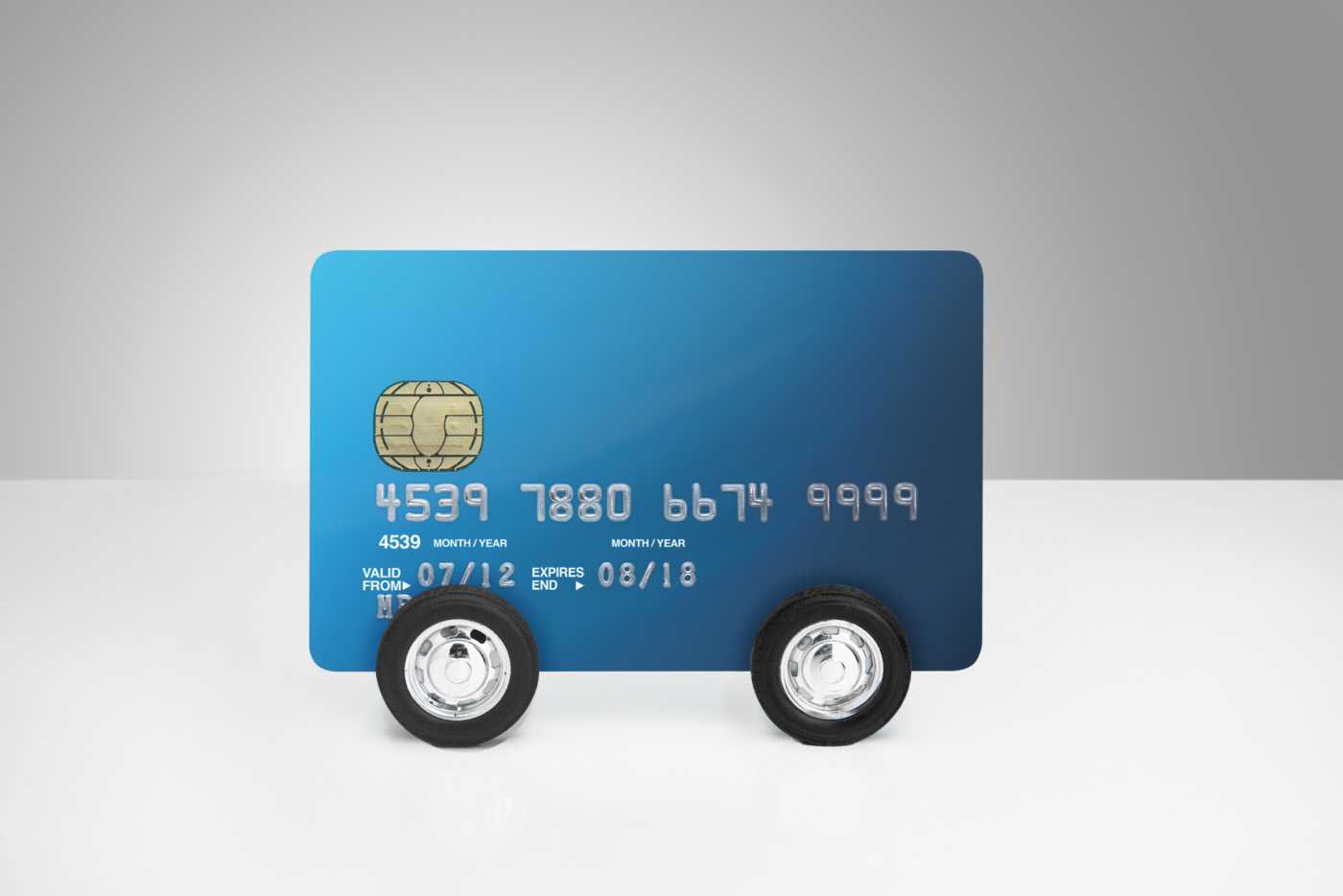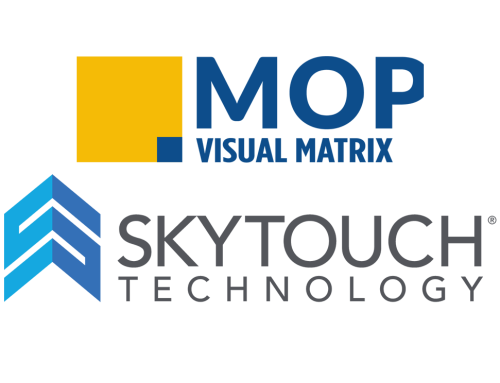There is as much fiction as fact when it comes to EMV, the much-discussed U.S. transition from magnetic stripe to chip payment cards. The most outstanding fact, undisputed amidst all the rhetoric, is that it will become reality in the U.S., perhaps as soon as the October 2015 liability-shift deadline that looms ahead.
Here are some other facts that will help you get your hotel operations ready for EMV:
You don’t have to do it, but you should.
It is true that there are no legal consequences if merchants are not EMV-ready by October 2015, yet, the potential for negative consequences abounds. Chief among them is the post-deadline shift in liability for fraud that will take place. Hotel management will no longer be able to point back to the credit card companies when fraudulent charges hit. The merchants are the weakest link in the payments security chain because if an EMV-ready system is not being utilized, those fraudulent charges for card-present transactions will be the responsibility of the property. And the risk is not all financial, it’s also reputational. The damage to the brand could be immeasurable.
EMV may not prevent all fraud, but it’s a step in the right direction.
The history of EMV adoption in Europe shows us that the impact has been a shift from card-present to card-not-present fraud, not the elimination of fraud wholesale. It is widely accepted that EMV is an improvement over magnetic stripe cards and terminals which are vulnerable to counterfeiting, skimming and the use of lost or stolen cards, and dramatically reduces the ability to use a counterfeit card for card-present transactions.
EMV is a step in the right direction, but only part of the current best scenario solution which also includes tokenization and point-to-point encryption. Make sure that your vendors support these added security measures.
It’s not a switch, it’s a process.
Transitioning hotel operations to EMV is not as simple as flipping a switch. There’s hardware to select and budget for and certifications that must take place with each major card brand – to the POS system, the payment processor and the terminals. All must be EMV-certified by the providers prior to hotel operations accepting payments via chip card. And staff will need to be trained not only on how to use the new terminals, but how to help the public make the transition to them.
You don’t have to go it alone.
At SkyTouch Technology, we understand the demands that the transition to EMV will place on the hospitality industry and on hotel companies. Hotel companies can be assured that SkyTouch’s hotel OS platform will support EMV in time for the liability shift happening in October 2015.
When it comes down to just the facts, the EMV picture becomes clear. While the switch to EMV may appear painful in the short term, the risk mitigation in transitioning to it will pay off in the long term. It’s time for the hospitality industry to plan to take on EMV without any reservations.




